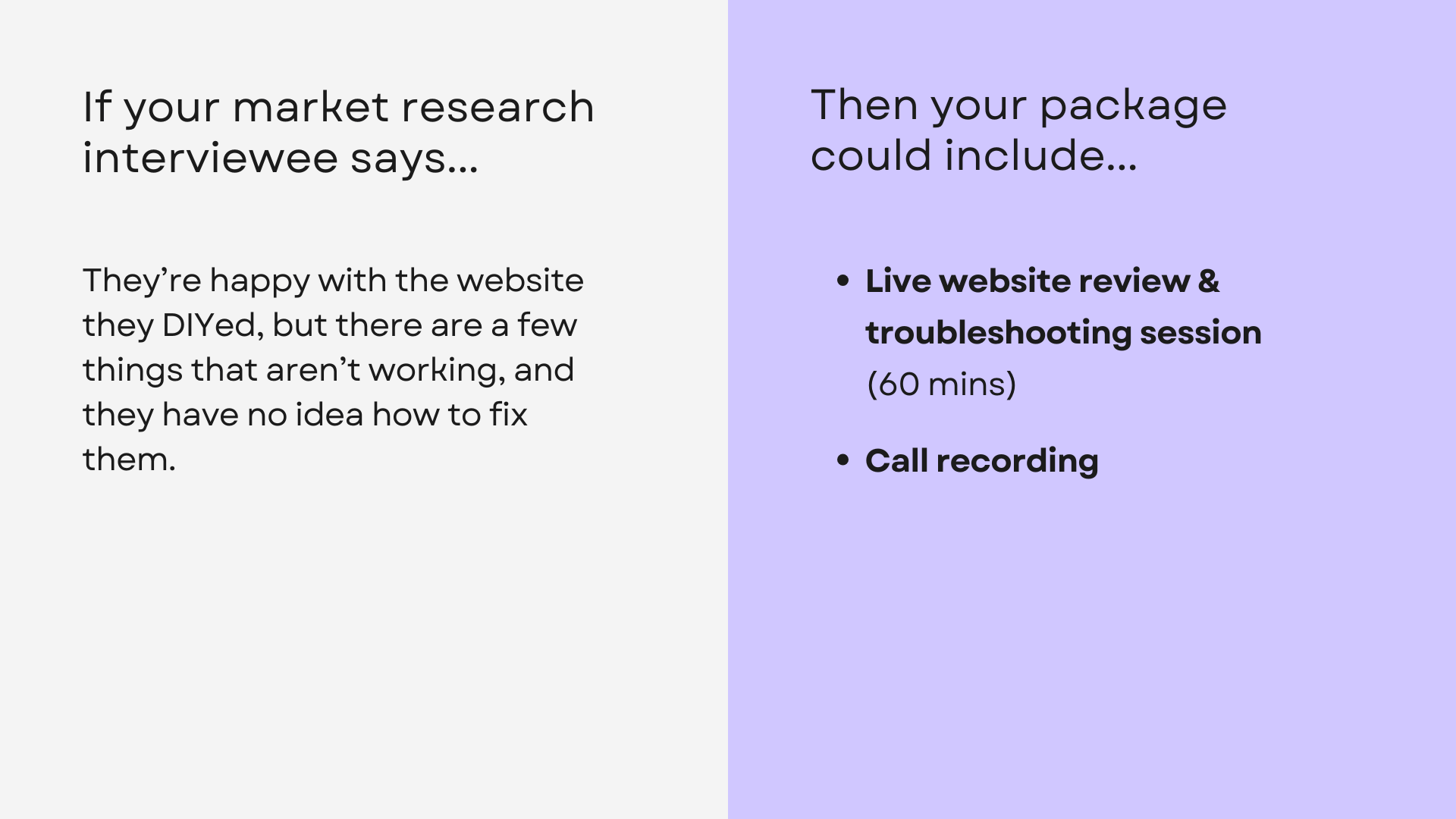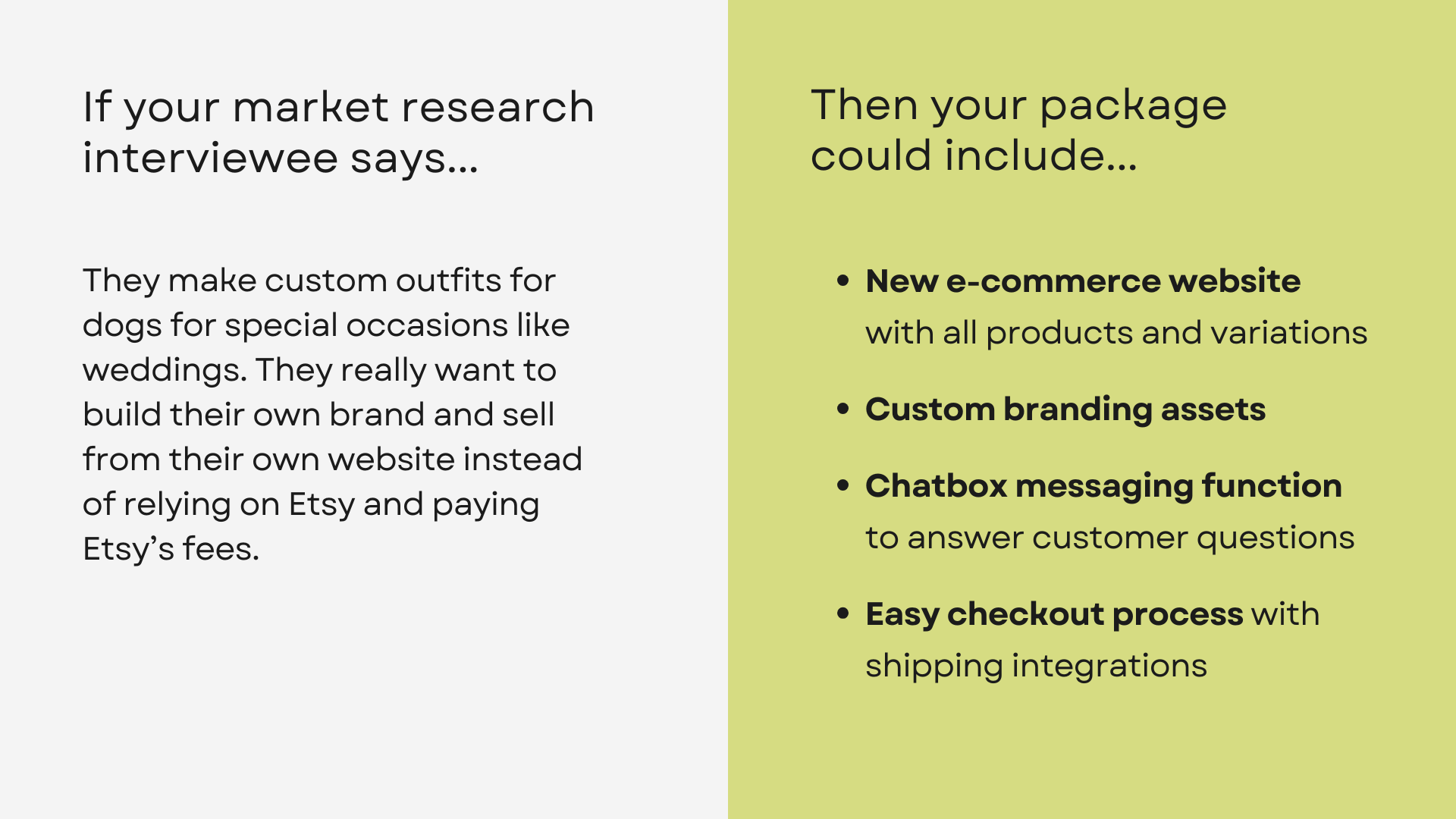How to start a profitable web design business (beginner guide for 2025)
Learn exactly what to focus on when you’re just starting out as a freelance web designer with no portfolio or clients. By the end of this article, you’ll have a clear path toward your first paid project and the confidence to keep moving forward.
Congratulations! You’ve decided to become a freelance web designer.
But right now, you don’t have any clients. You don’t have a portfolio.
And you’re wondering: What exactly am I supposed to do first?
Don’t worry, you’re not behind. You’re just in what I call the Explorer Phase. This is the very beginning of building a profitable web design business.
In this article, I’ll walk you through three things to focus on right now, step by step.
Explorer Phase
A quick word about the Explorer Phase to set the scene — this is the phase where:
You’re just getting started
You’re building your skills and expertise both as a web designer and a business owner, and
Exploring possibilities
You might be feeling uncertain about the road ahead — but that’s completely normal.
What’s most important right now is that you’re committed to laying a solid foundation for your profitable business.
Let’s go through the three checkpoints that help you build that foundation.
1. Web Design Expertise
The first checkpoint is all about your web design expertise.
Have you built and launched at least two websites from start to finish?
About this checkpoint
In other words, have you:
Designed the visuals
Organized the content
Built out the website pages
Connected a domain, and
Launched the website so that anyone can visit it by typing in the URL?
This can, but doesn’t have to be, for an official client — it could be your own website for your business, a website for a friend or family member, or even just a personal project for a made-up brand.
How this helps you build your foundation
Going through the full process gives you hands-on experience — and that’s the only way to really learn:
What comes easily to you
Where you tend to get stuck
What platforms and tools you like
Which parts of the process you enjoy most
What kinds of design styles you’re drawn to
And where there’s room to improve
You need this self-awareness before working with clients.
Why you shouldn’t skip it
When you’re a professional web designer, working with websites is more than just a hobby. You’ll be getting paid and working with clients, and that means you need to take responsibility for the entire process, from start to finish.
That’s why you want to build these hard skills and web design expertise now, while the stakes are lower.
You’ll, of course, continue to improve your skills as you progress, and you don’t need to master everything before moving forward.
Building and launching two full websites is usually enough to experience what it’s like to take a project from idea to final product.
Once you’ve done that, you’re ready for the next step — and this is where you start building a serious business.
2. Market Research
Have you asked potential clients what they find most challenging about their websites?
About this checkpoint
I know that the term “market research” can sound really formal and maybe even a little intimidating, but it’s actually quite simple.
It just means talking to real people who you might want to make websites for — and asking them about their experience with websites.
You’re not trying to pitch anything. You’re not selling. You’re just getting curious.
You can ask questions like:
What do you like about your current website? What’s working well?
In an ideal world, what would be different about your website?
What questions can I answer for you about websites and design?
Have you ever worked with a web designer? What was that experience like?
How this helps you build your foundation
Clients don’t pay you to make websites. They pay you to solve problems in their businesses.
So they’re going to be looking for someone who understands those problems and challenges.
And if you want to get clients, you need to be that person who understands your clients’ problems and challenges.
Why you shouldn’t skip it
If this sounds hard, I get it. It’s one thing to sit behind your laptop and make websites on your own — it’s a whole different story to go out and talk to people.
This is where many new designers often get stuck.
Most people skip market research and just create services based on what they see other designers offering, or what they assume their clients need.
But just because another web designer says something on their website or social media doesn’t necessarily mean it’s working for them. You never know the whole story behind someone else’s business.
And more importantly, you’re not talking to the same people that they are. The clients you have access to in your network, your communities, etc., are not the same as the people that other designers have access to. So they likely face different challenges and needs.
So when you skip market research, what usually happens is that people don’t book your services, because they don’t address the challenges that your potential clients are dealing with.
That’s exactly what happened to me.
And things really shifted only when I stepped back and did proper market research. And I see the same shift happen all the time with web designers in my mentorship program and online courses.
When a web designer has been trying to get clients for a while but is struggling, this is often the root of the problem. They haven’t talked to real people. So they don’t fully understand what their potential clients are struggling with.
And what’s awesome is that once they’ve had just 5 to 10 of these research conversations, things become so much clearer.
They suddenly see:
How they can actually help these potential clients
How they can solve real business problems
Why their clients would be willing to pay for their services.
And the confidence that comes from that clarity makes it so much easier to reach out to more potential clients and build momentum. It creates a positive loop.
If you need help finding people to conduct market research with, I have a video that breaks it down: The Simplest Marketing Plan for Growing Your Web Design Business.
At the next checkpoint, we’ll finally start making some money in your business. Let’s go.
3. Packages
The third checkpoint in the Explorer phase is all about your packages.
Do you have packages that help the people you talked to during your market research with their website challenges?
About this checkpoint
Have you taken what you learned — the actual problems and frustrations your interviewees shared — and shaped that into a clear, simple offer?
This doesn’t have to be complicated. You don’t need three different packages at three different price points, trying to manipulate your clients with sales psychology — no matter what the bro-marketing “gurus” tell you.
Honestly, you just need one solid package that solves one real problem.
Here are a few examples of how that might look, depending on what came up in your research:
Example 1
Someone tells you that:
They’re happy with the website they DIYed, but there are a few things that aren’t working, and they have no idea how to fix them.
Then your package might include:
A 60-minute live session where you walk through all the issues together with your client and fix them on the call.
It could also include the call recording, so they can refer back to it when they need to make similar changes in the future.
Example 2
Someone tells you that:
They’re running their physiotherapy business on LinkedIn and Instagram because they don’t have a website yet. They have one main offer, and they’re tired of answering the same questions and making appointments in the DMs and sending out PDF information packets manually.
Then your package could include:
A brand new website that matches the visual branding your client has been using on social media
One service page that covers everything they usually send in those PDFs, along with an FAQ section answering frequently asked questions
An appointment booking system that can take payments
An about page covering the qualifications and referrals they currently have on LinkedIn
Example 3
Another person you talked to tells you that:
They DIYed a website for their restaurant because they felt like they should have one — but they’re too embarrassed to even put it on their Google business page. The website does not look good whereas their actual restaurant is beautiful, modern, and upscale. They end up using their Instagram profile because it at least shows the professional photography they’ve invested in.
Your package could include:
A new website that showcases professional photos
An integrated reservation system
A layout that highlights their menu, space, story, and team — so that it finally reflects the quality of the in-person experience
Example 4
One more example:
Someone who makes custom outfits for dogs for special occasions like weddings tells you that they really want to build their own brand and sell from their own website instead of relying on Etsy and paying Etsy’s fees.
Your package could include
A full e-commerce website with all the different designs and variations
Custom branding assets like a new logo, colors, fonts, patterns
A chat box messaging function
An easy checkout process with the necessary shipping integrations
As you can see, what you offer depends on the real people you talk to — and what they’re struggling with.
To keep things manageable and increase your chances of booking a paid project, here’s what I’d recommend:
Pick one person you really enjoyed speaking to — someone you’d love to work with and feel confident you can help.
Create a package that addresses the main challenges they shared (and maybe even a few smaller ones they didn’t realize were part of the problem).
Don’t worry about pricing at this point. You’re just focusing on solving the right problems.
Then, go back to them and say,
“I’ve put together an offer based on our conversation. Would you be open to looking it over and giving me feedback? I’d love for you to poke holes in it and help me make it better.”
Then, depending on what they say, you might go away and make the changes they suggest.
And when they tell you that this looks good, you can follow up with:
“If this feels like a good solution for your business, I’d love to implement this for you. Would you like to hear a little about what it would look like for us to work together?”
If they say no, that’s fine. You thank them for their time and help, and move on. Just repeat the process with another person you enjoyed talking to and would love to work with and feel confident you can help.
But if they say yes, now you can book a discovery call and have a sales conversation.
And if the idea of a sales conversation feels new or a little daunting, I have a video that walks you through it step by step: Discovery call script for landing more web design projects.
Next steps
Once you’ve created your first package and invited someone to work with you, you’ve officially passed this checkpoint. Congratulations!
You’ve completed Phase 1, and you’re ready for Phase 2.
Now, you’re no longer an Explorer, you’re an Implementer. Phase 2 is all about becoming a pro at marketing, selling, and delivering websites.
I’ll cover all of that in this video: How to land your first web design clients and build a portfolio that sells.




